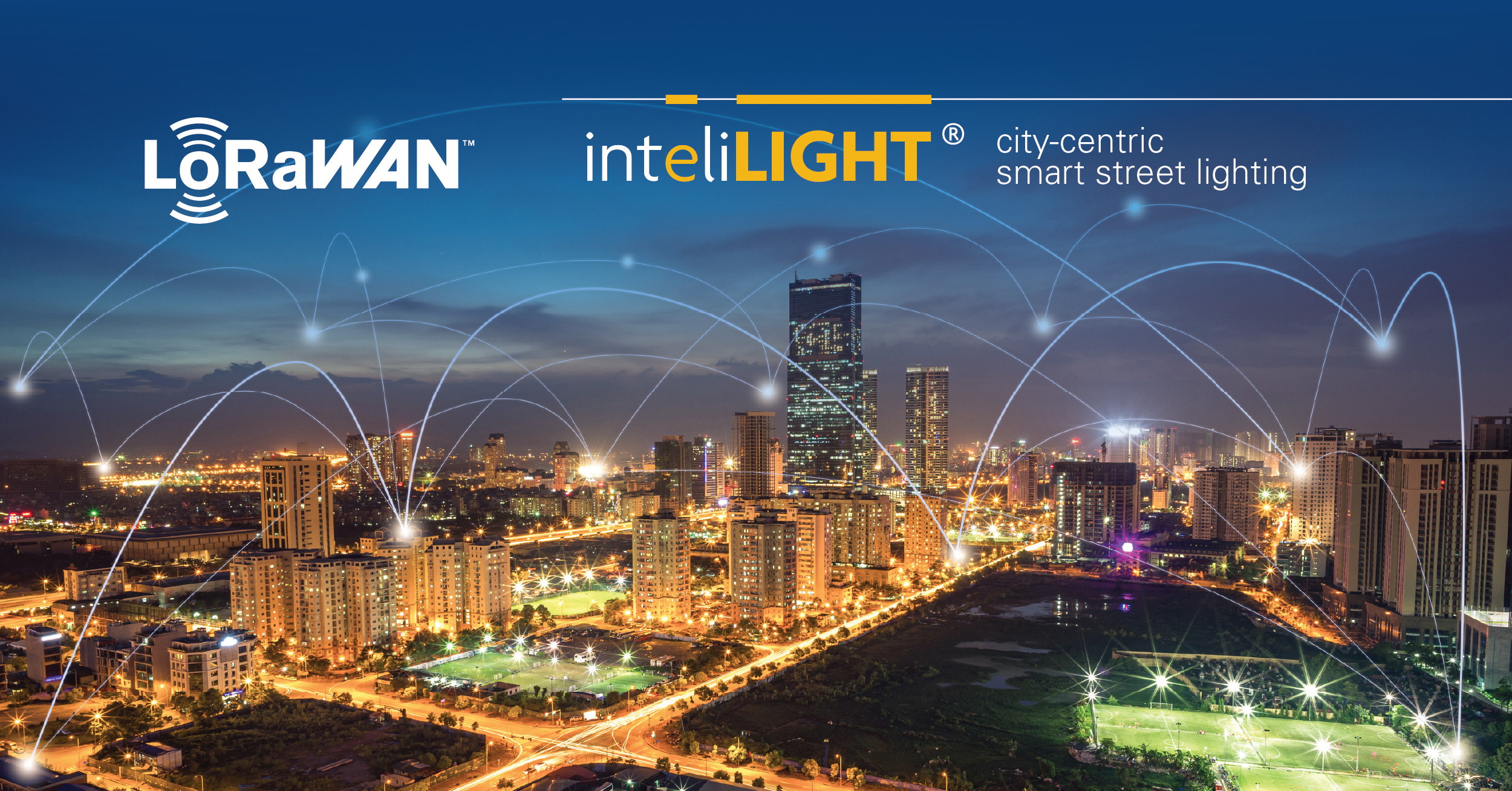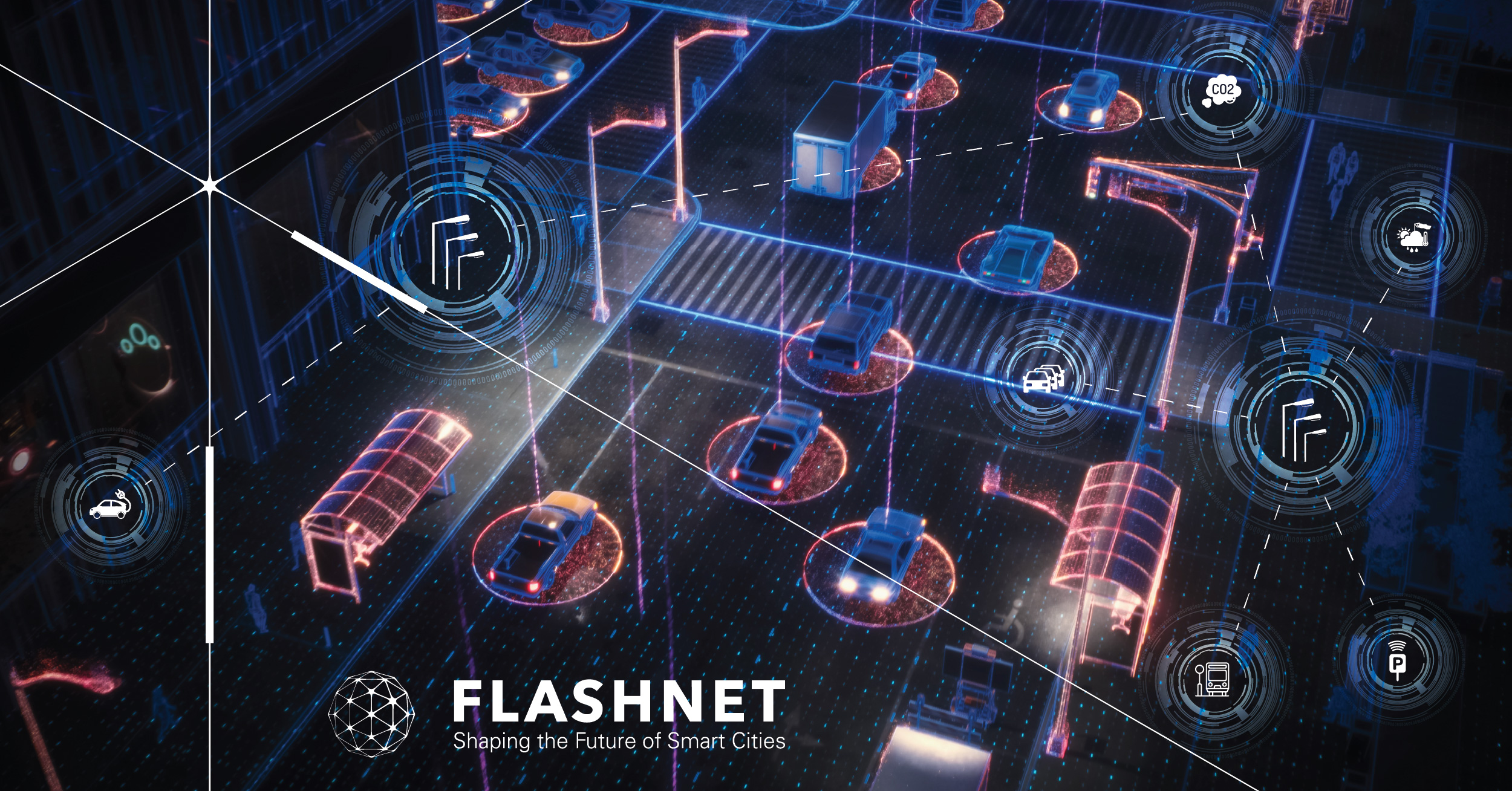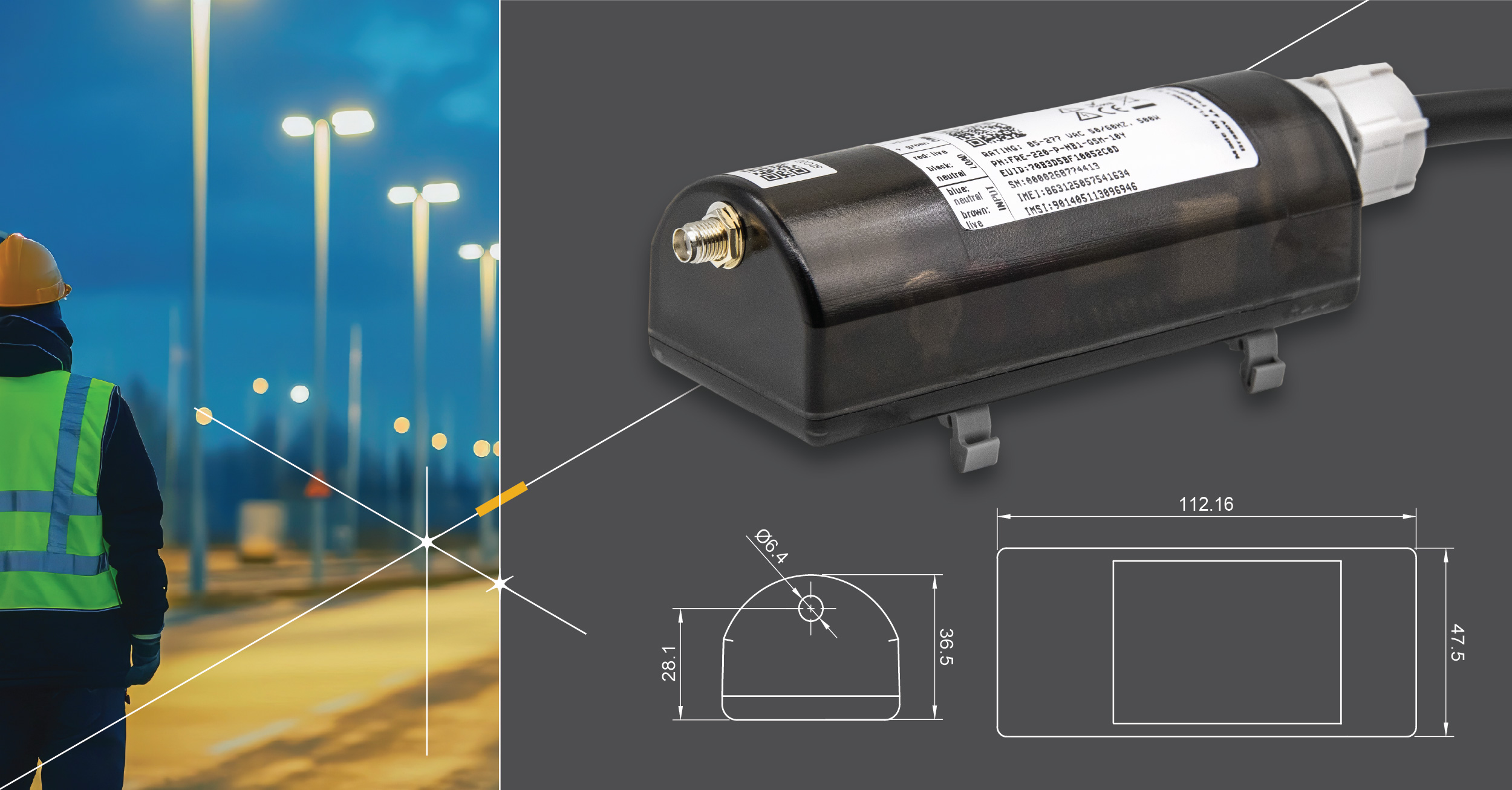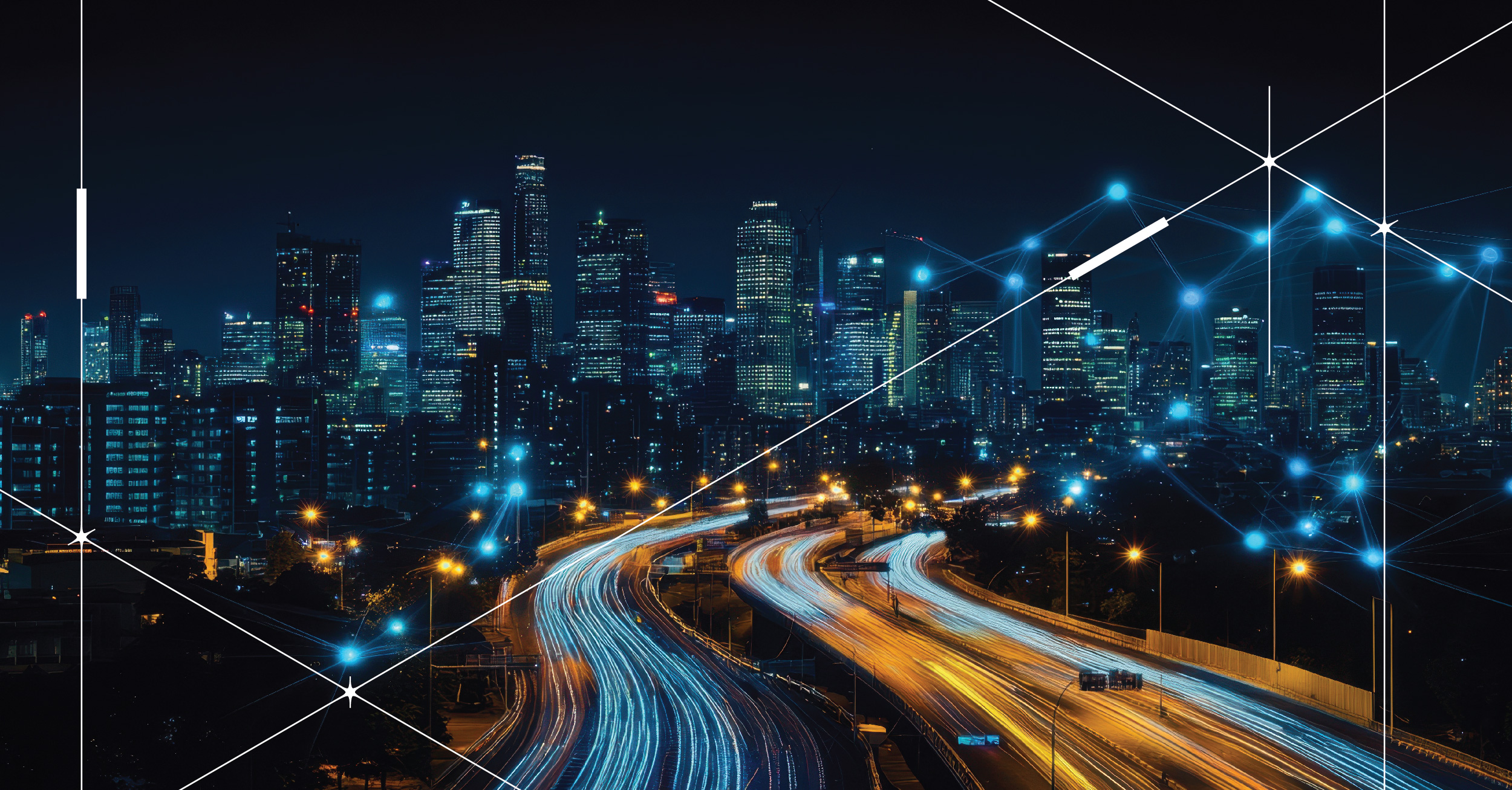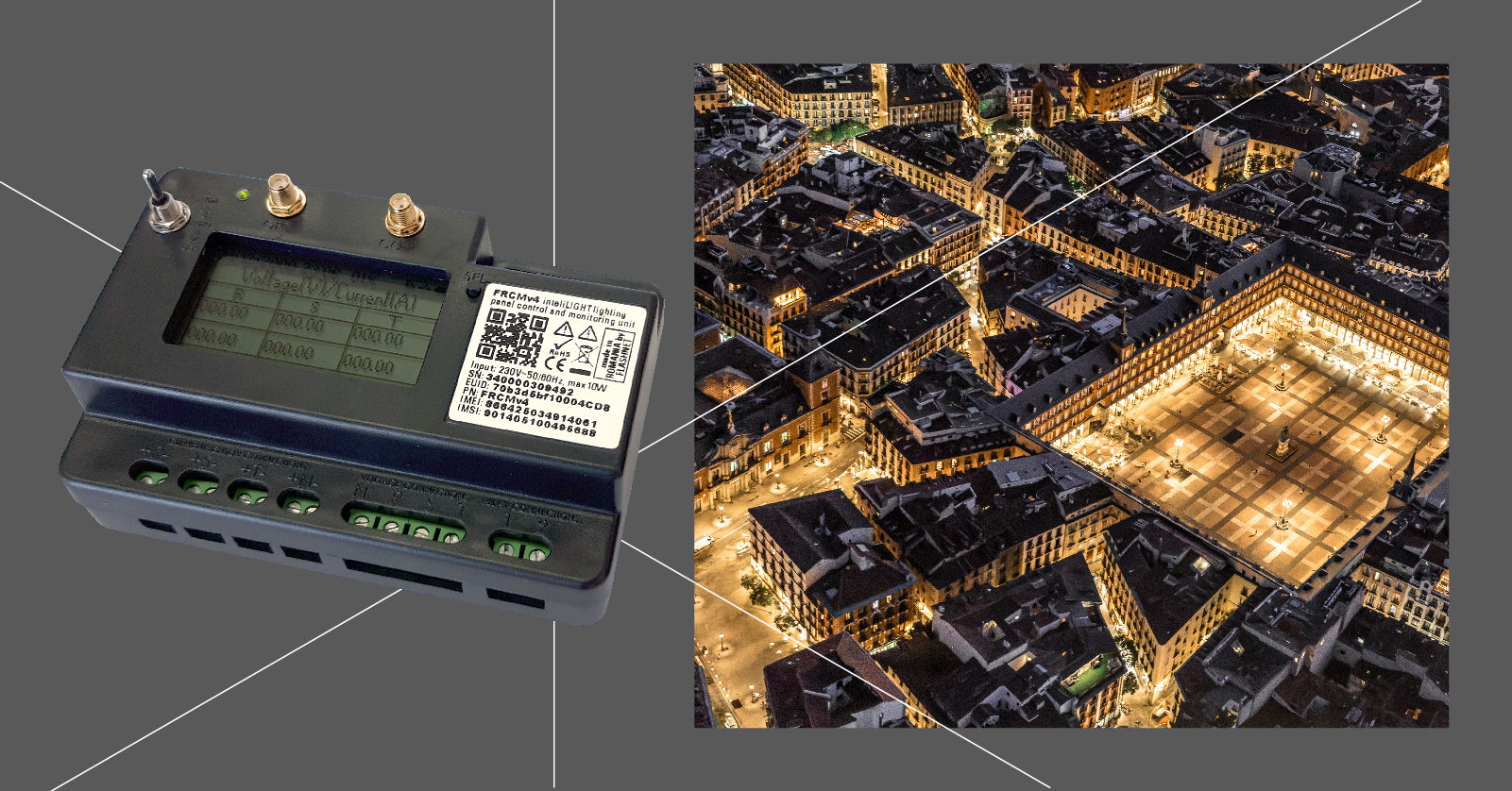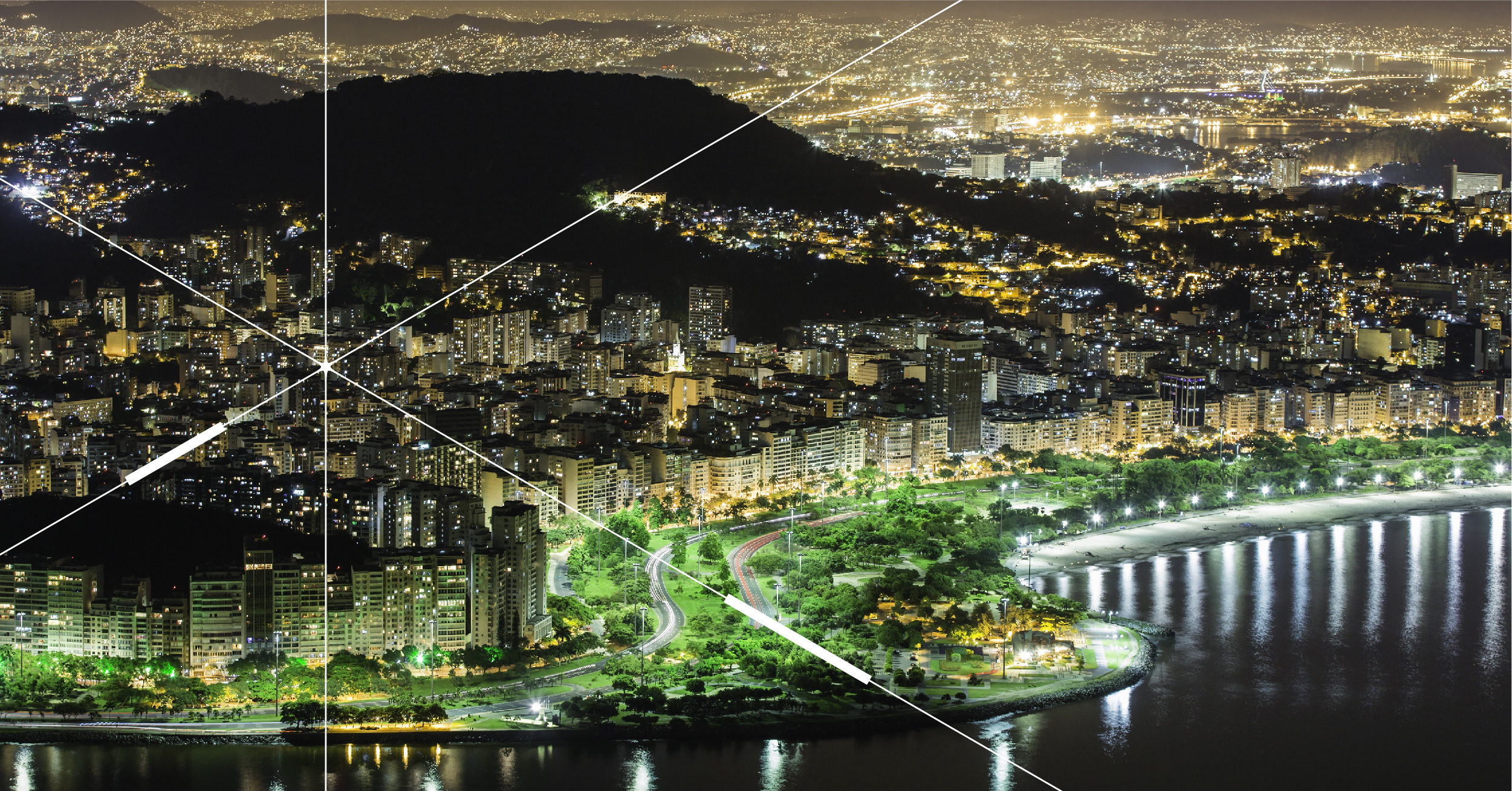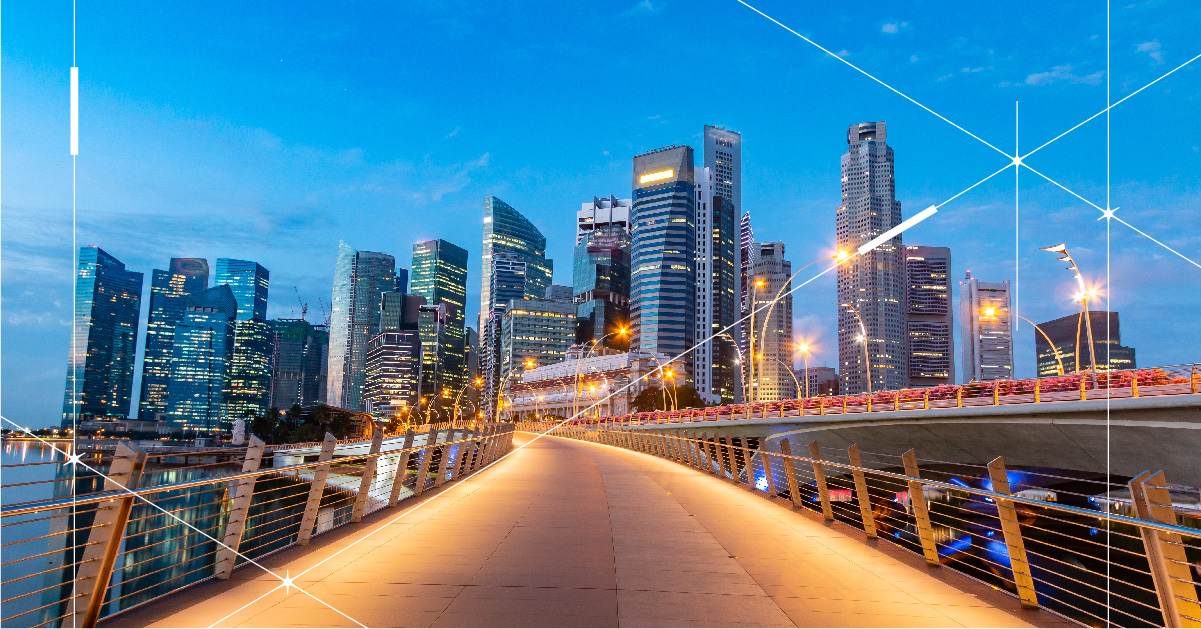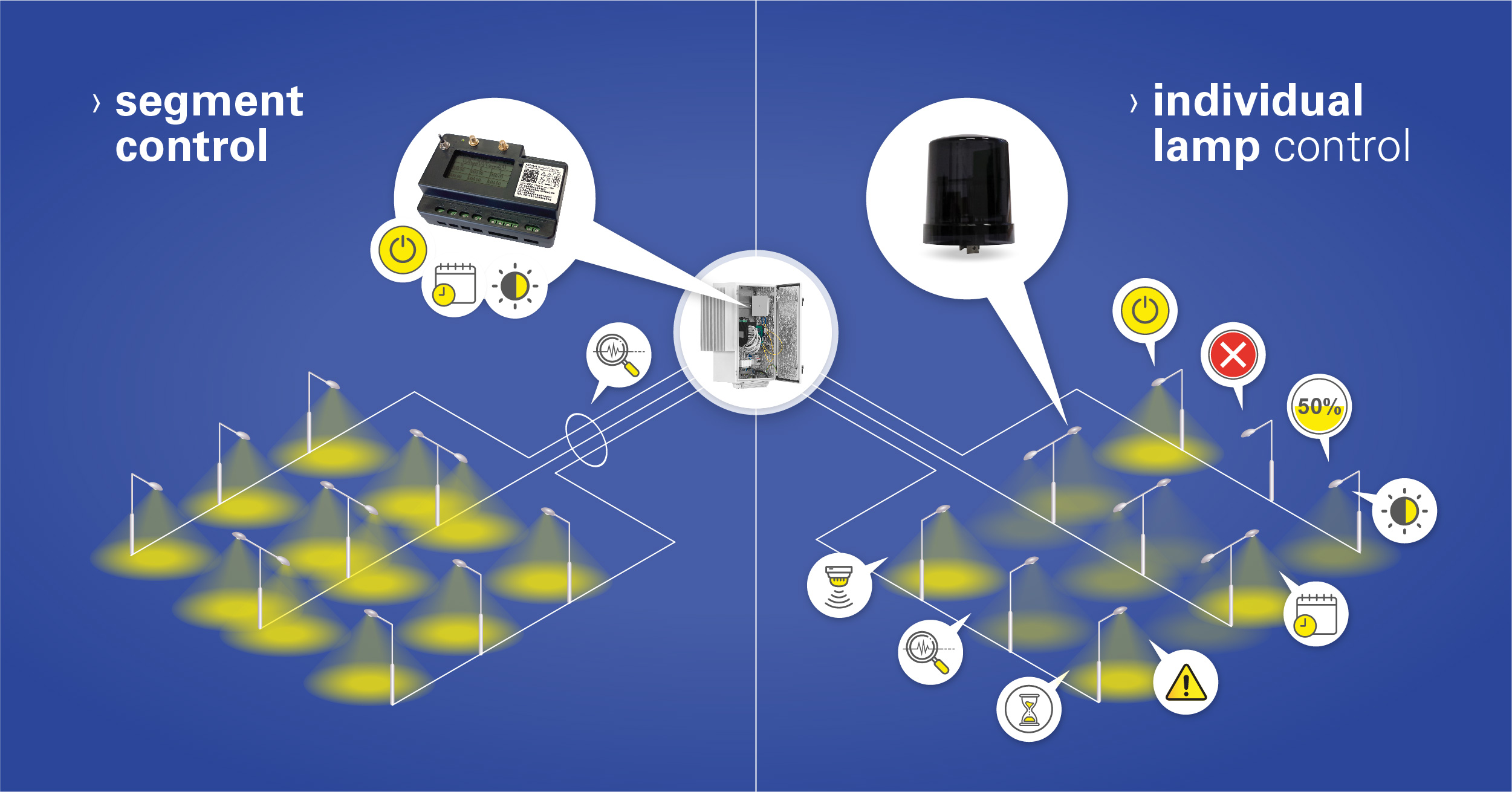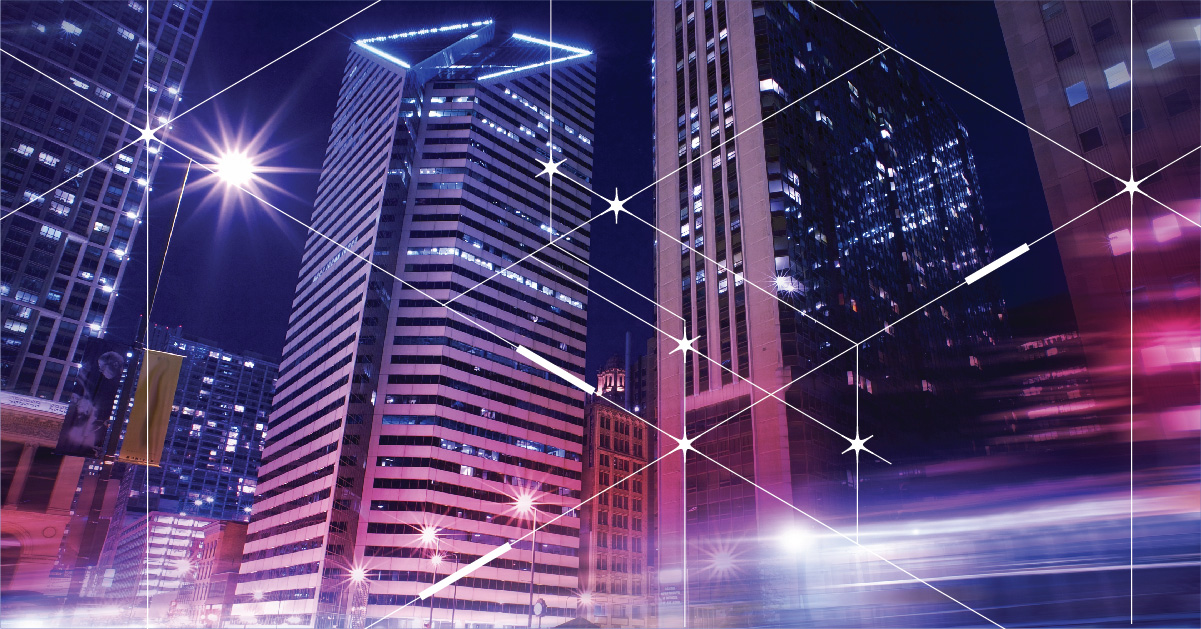inteliLIGHT NEMA and Zhaga controllers: installation, cost and futureproofing
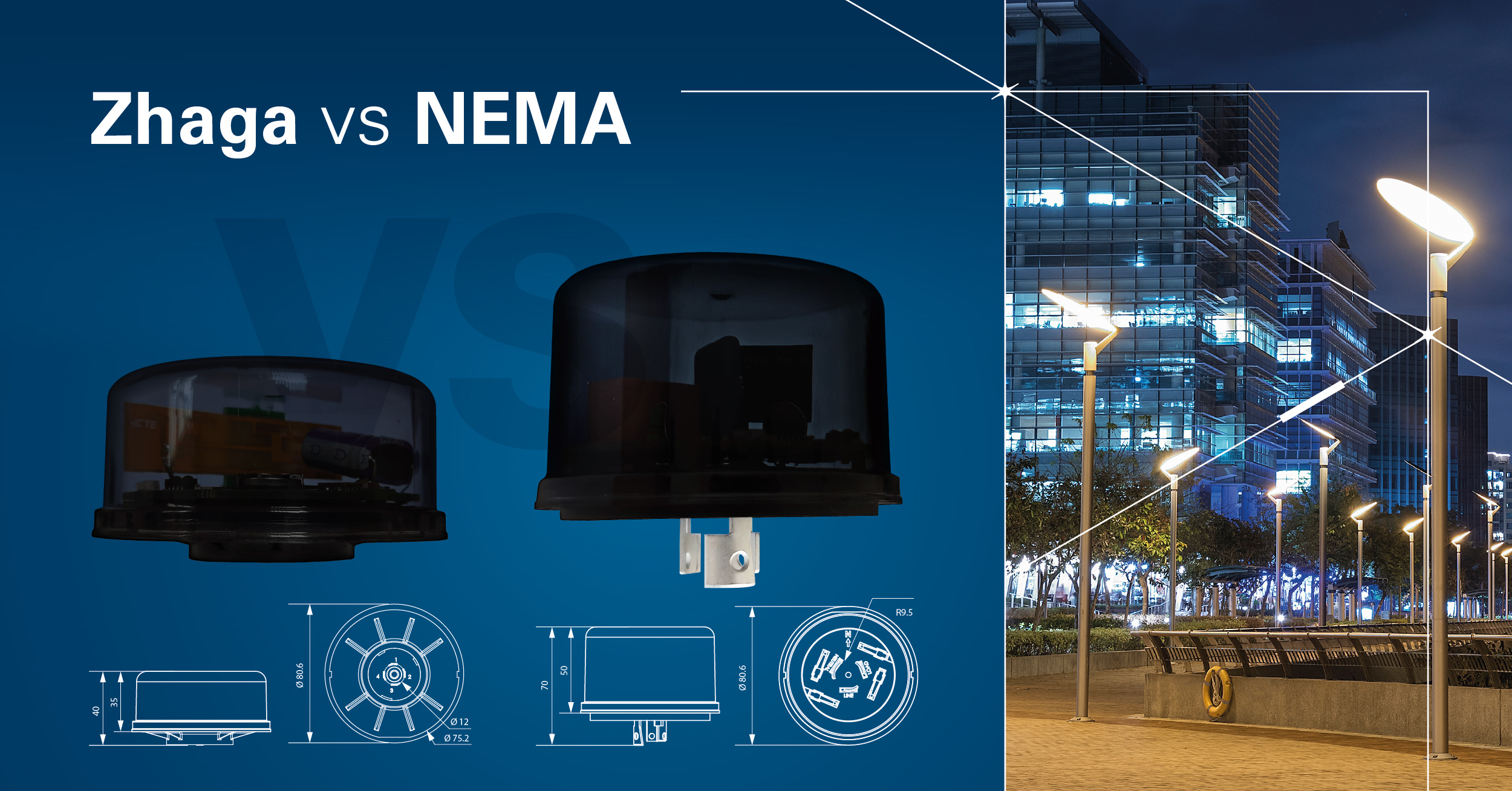
As cities invest in smarter, more efficient infrastructure, every choice has a large impact on the success of large-scale projects. One such choice? The connector standard behind the smart street lighting solution. While NEMA and Zhaga controllers serve the same purpose, they are designed with different needs in mind. We support, use and implement both options across the globe – from North America’s legacy grids to Europe’s LED rollouts, both interfaces have proven their value in inteliLIGHT® smart street lighting deployments. So how do they really compare – in performance, cost and long-term potential?
inteliLIGHT® NEMA luminaire controller
The NEMA socket, based on the ANSI C136.41 standard, is a well-established connector type, particularly in North America. It supports plug-and-play installation, with automatic power-up and full lamp control capabilities. NEMA controllers typically rely on older, less standardized protocols such as DALI and 0–10V. As a result, many control and monitoring functions need to be implemented directly inside the controller (e.g. relays for ON/OFF switching or built-in components for energy metering).
NEMA controllers have slightly larger dimensions, mainly due to the integrated AC/DC conversion and power circuitry, which also means they may include more components and be generally more costly.
They are built to utility-grade specifications, support over-the-air (OTA) updates and, like Zhaga, can connect to a wide range of communication technologies: LoRaWAN™, NB-IoT, and LTE-M.
Some of the projects where we used the NEMA luminaire controller:
NEMA controllers were chosen to align with North American utility standards and preserve the city’s historic streetscape. The solution combines lamp-level control, predictive maintenance and interoperability with existing systems, while also supporting broader smart city goals such as municipal Wi-Fi and Vision Zero safety improvements.
NEMA controllers are being deployed as part of a 10-year project led by Sibelga, with TALQ certification ensuring full interoperability across vendors and systems. The solution delivers real-time monitoring, energy savings and maintenance optimization, supporting Brussels’ environmental goals while avoiding vendor lock-in.
A mix of NEMA and cabinet controllers was deployed to balance granular lamp-level control with cost-efficient segment management. Supported by solar-powered UPS systems, the LoRaWAN-based network ensures continuous operation even during outages, delivering energy savings, lower maintenance costs and enhanced public safety across the city.
inteliLIGHT® Zhaga luminaire controller
The Zhaga Book 18 connector is compact, clean and designed to integrate easily with today’s LED luminaires. Zhaga controllers operate on 24 V DC supplied by the luminaire’s control gear, eliminating internal AC/DC conversion. That means fewer components, a smaller footprint and often lower cost, while maintaining the same utility-grade build quality for outdoor, sealed operation.
Zhaga natively leverages DALI-2 / D4i. Much of the “intelligence” (dimming, energy metering, diagnostics, asset data) resides in the luminaire’s control gear and the controller acts as the secure bridge to the CMS, issuing commands and harvesting standardized D4i data (including optional inputs from sensors such as tilt, motion, temperature, etc.). This architecture ensures high interoperability and easy integration thanks to consistent, standardized data models.
Like NEMA, Zhaga controllers support OTA firmware updates and can connect over multiple communication technologies, LoRaWAN™, NB-IoT, and LTE-M, making them well-suited for scalable, future-ready smart-city deployments.
Note: while many NEMA installations use 0–10 V or DALI, some NEMA controllers on the market also support DALI-2 / D4i; the distinction here is that Zhaga + D4i is the native, standardized pairing that shifts more functionality to the luminaire’s control gear.
Some of the projects where we used the Zhaga luminaire controller:
In what represented one of the first large-scale implementations of its kind, Zhaga was selected for its compact form factor and native DALI-2/D4i compatibility, ensuring smooth integration with modern LED luminaires. The system provides real-time fault detection, remote dimming and a future-ready foundation for additional smart city services.
In this beautiful Icelandic town, Zhaga controllers were chosen for their ability to integrate easily with modern LED luminaires and adapt lighting to real-time ambient conditions. Combined with cabinet controllers, the system enables proactive fault detection, optimized energy use and a reliable foundation for future smart city implementations.
For Belgium’s roadways and highways, Zhaga controllers were selected for their easy integration with modern luminaires and compatibility with NB-IoT and LTE-M networks. The system enables remote operations, real-time monitoring, and interoperability via the TALQ standard, helping Belgium improve roadway safety while reducing energy and maintenance costs.
The differences between NEMA and Zhaga luminaire controllers
| NEMA | Zhaga | |
|---|---|---|
| Power Supply |
|
|
| Design & Size |
|
|
| Socket Interface |
|
|
| Dimming |
|
|
| Energy Metering |
|
|
| Surge Protection |
|
|
| Data & Interoperability |
|
|
| Installation |
|
|
| Aesthetics |
|
|
| Cost |
|
|
| Market Adoption |
|
|
| Futureproofing |
|
|
What factors should you weigh when deciding between NEMA and Zhaga luminaire controllers for your project?
You should choose NEMA if:
- Legacy infrastructure needs to be upgraded with existing NEMA sockets.
- The project needs high-power capabilities or broad NA compatibility.
- NEMA is already the standard in the regional market.
You should choose Zhaga if :
- Starting fresh with modern LED fixtures and want compact, clean integration.
- The aim is a future-ready, interoperable solution with streamlined DALI functionality.
- The focus points are smart city scalability, modularity and standardized data access.
We don’t believe in one-size-fits-all. That’s why we use NEMA, Zhaga, embedded and pole-mounted luminaire controllers – giving municipalities the flexibility to scale on their own terms.
Both NEMA and Zhaga have earned their place in inteliLIGHT®’s global deployments and both offer robust support for smart lighting functions like remote control, fault detection and energy monitoring. At the end of the day, the decision should align with the infrastructure, regional standards and vision for smart city growth.


